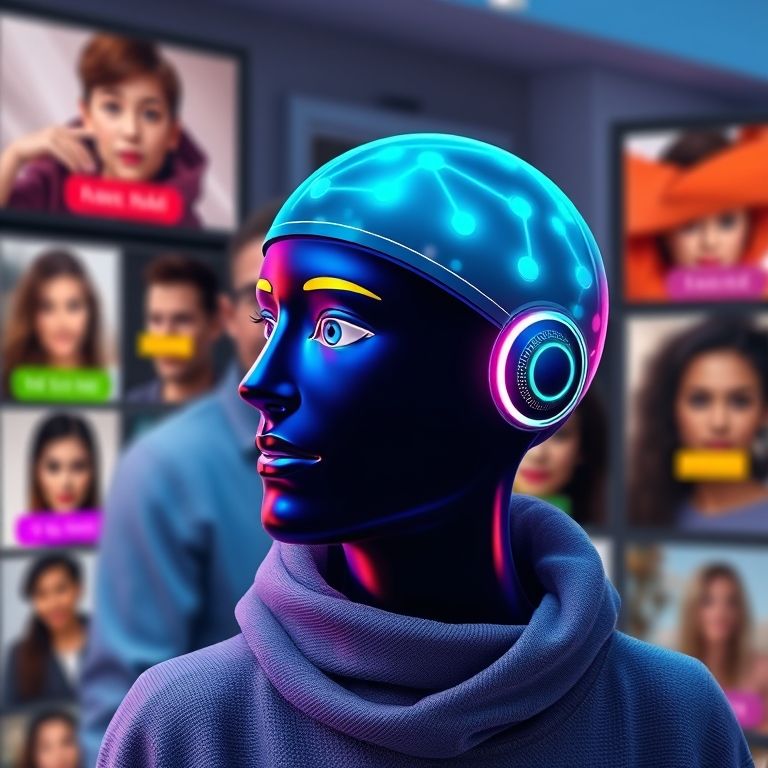
28
AI Photo Tagging Website Integration: Smarter Images, Faster Search in 2025
Discover how AI photo tagging website integration automates image labeling, boosts SEO, and delivers better user experience for your site in 2025.
Managing hundreds (or thousands) of images on your website? AI photo tagging website integration can save hours of manual work—automatically labeling, organizing, and making your visuals searchable in seconds. In 2025, smart image tagging isn’t just for big brands; it’s a must for content-rich websites, online stores, and photographers looking to boost SEO and user experience.
What Is AI Photo Tagging for Websites?
AI photo tagging uses machine learning to analyze your images and assign relevant tags—such as objects, people, places, emotions, or even brand logos. These tags:
- Power instant search and filtering for users
- Boost accessibility and image SEO
- Enable personalized galleries or smart content recommendations
Why Integrate AI Photo Tagging on Your Website?
- Save Time: No more manual labeling—AI tags thousands of images in minutes.
- Improve Search & Discovery: Let users search by keyword, object, or theme.
- Boost SEO: Accurate alt text and metadata help images rank in Google.
- Better Organization: Smartly sort and group visuals for editors or customers.
- Enhanced UX: Offer filters, smart galleries, and visual content recommendations.
Top AI Photo Tagging Tools & APIs for 2025
1. Google Cloud Vision API
- Features: Detects thousands of objects, faces, emotions, logos, and text in images.
- Integration: REST API; plugins for WordPress and custom CMS.
- Learn more: Google Cloud Vision
2. Microsoft Azure Computer Vision
- Features: Automatic image tagging, OCR, brand detection, custom model training.
- Integration: Easy REST API, SDKs for major languages.
- Learn more: Azure Computer Vision
3. Amazon Rekognition
- Features: Detects scenes, objects, faces, celebrities; robust video/image analysis.
- Integration: API for websites, S3, and e-commerce platforms.
- Learn more: Amazon Rekognition
4. Clarifai
- Features: Highly customizable models, bulk tagging, integration with popular web platforms.
- Integration: API, plugins, and code samples.
- Learn more: Clarifai
5. Imagga
- Features: Multilingual tagging, custom tag training, content moderation.
- Integration: Simple API for WordPress, Shopify, and custom apps.
- Learn more: Imagga
How to Integrate AI Photo Tagging on Your Website
Step 1: Choose an AI Tagging Provider
Select a tool based on image volume, accuracy, cost, and integration options.
Step 2: Connect Your Image Library
- For CMS (WordPress, Shopify, etc.): Use a plugin or module.
- For custom sites: Use the API to upload and process images in real-time or in batches.
Step 3: Automate Tag Generation
- Set up automated workflows: Tag on upload, batch-tagging existing media, or scheduled tagging.
- Store tags in image metadata, database fields, or alt text.
Step 4: Enhance UX and SEO
- Power image search and filtering on your website.
- Generate descriptive alt text for accessibility.
- Show users auto-tagged galleries or smart collections.
Image: “Website image gallery with auto-tagged photos and search bar powered by AI” (alt: AI photo tagging website integration dashboard 2025)
Real-World Example
A stock photography site used Google Vision API to tag 200,000 images. Results: Search speed improved by 55%, organic traffic from image search grew 29%, and user engagement soared (source).
Internal Links
- Best AI Analytics Dashboard Tool
- AI Content Recommendation Engines
- AI Website Personalization Examples
Conclusion
AI photo tagging website integration is a game changer for sites with visual content. Automate labeling, enhance search, and improve SEO in 2025—no coding degree required. Choose your API, connect your images, and let AI do the work!
Contact
Missing something?
Feel free to request missing tools or give some feedback using our contact form.
Contact Us